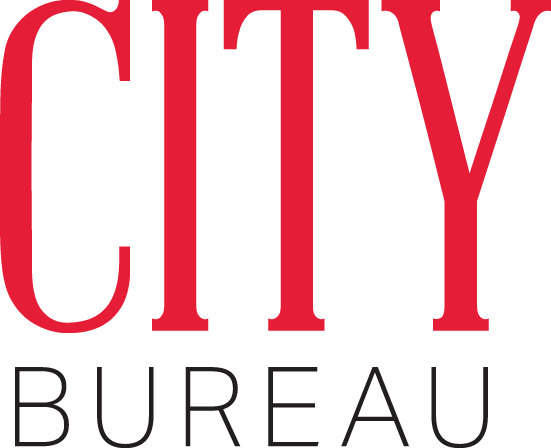Citing wait times for care and stigmatizing, outdated views, Arturo Carrillo of Brighton Park Neighborhood Council breaks down his findings and concerns around youth mental health in Chicago.
by Monique Petty-Ashmeade
Arturo Carrillo of the Brighton Park Neighborhood Council speaks at a press conference with Mayor Brandon Johnson and City Council members. (Provided)
Arturo Carrillo was championing the notion of “treatment not trauma” long before it became part of the Chicago zeitgeist and Brandon Johnson supported the campaign in his successful bid for mayor.
When Carrillo took over as the Deputy Director of Health and Violence Prevention for the Brighton Park Neighborhood Council in 2020, COVID-19 restrictions were looming, including a statewide stay at home order. But Carrillo and his team long knew that mental health was a major concern with Chicagoans.
In 2017, they launched the Collaborative for Community Wellness, a coalition of youth, social workers, alderpeople, local residents and community groups to explore the city’s landscape of mental health services. They later created Treatment Not Trauma, a public health model that champions non-police crisis response teams and the reopening of city-run mental health centers, and began having virtual meetings with community members that reflected treatment for mental health amongst Chicagoans was not just a want, but a need.
Former Mayor Lori Lightfoot campaigned with a promise to reopen six former mental health clinics closed under Mayor Rahm Emanuel. That proposal that never came to fruition. Johnson’s administration has launched three city-run clinics in the past year, including the Roseland clinic which was saved from Emanuel’s cuts but later privatized.
Still, access to mental health care remains the main barrier for both adults and youth on the South and West Side of the City, Carrillo told City Bureau in 2024.
Surveys conducted by Treatment Not Trauma found that 94% of Chicagoans acknowledged and agreed they needed mental health support, and 90% would receive care if the city provided public mental health centers.
This interview has been edited and condensed for clarity.
What are some things you wish people knew about mental health care and getting access to services?
I really wish that we could understand how big of an access barrier there is for certain community residents. We're dealing with enormous disparity. The ratio of therapists in affluent, whiter neighborhoods is an average of 4.5 therapists per 1,000 residents. In low-income communities of color, the average is closer to 0.2 therapists per 1,000 community residents.
So there's already just an enormous disparity when it comes to the available mental health supports across communities.
what are some of the barriers impacting young people in Chicago when it comes to mental health?
Young people just growing up in the city and dealing with life is stressful enough, right? You enter most of your day in a space, in this case, a school in which there's a lot of surveillance of you. There's a lot of attention on your behavior.
Schools that don't provide the proper mental support in the classroom rely on a very ineffective crisis system called SASS (Screening, Assessment and Support Services). The program in theory should be able to connect those young people with the resources in the neighborhood or their school to provide the care that they need, but the disparity is enormous. In certain neighborhoods on the South, West, and Southwest sides, those resources don't exist or are overstretched.
Instead, they are then hospitalizing young people or sending them to partial hospitalization programs that are probably not providing the type of care that is beneficial.They don't receive the proper aftercare after discharge, and they return to the classroom setting with a [stigma] and without the proper ongoing care. That cycle repeats for some of these young people.
what needs to change for youth to explore and look after their mental health?
Our recent [Collaborative for Community Wellness] report talks about this — having community mental health centers that have been shuttered, be reestablished as a way of creating these safe spaces in your community where you can walk in and get what you need. Instead of being on the waitlist, what if we could just walk into a community mental health center? One that is in your neighborhood, where that was possible, and you have a well-trained clinician available [during] after school evening hours to give you that immediate support. That is what we're advocating for when we think about reinvesting in public mental health centers.
How have traditional views of mental health impacted how youth view the issue or how they are treated while seeking care?
The traditional view of mental health can keep people away from mental health care. It's very much focused on diagnosing and treating people as mentally ill or having mental health challenges. That verbiage, in and of itself, talks about deficits and problems that young people may have. No one wants to be categorized in that way.
Residents often receive this type of medical model care [where they are asked], “What's your diagnosis?” “How do we treat you?” “What pills do we have to give you?” “And how do we move you along so we get the next person in?” That's the type of care that unfortunately people who don't have the means to pay out of pocket receive.
In affluent areas, clinicians cater to the [individual] needs and provide the support that someone needs to heal.
Support City Bureau’s Civic Reporting Fellowship by becoming a recurring donor.

